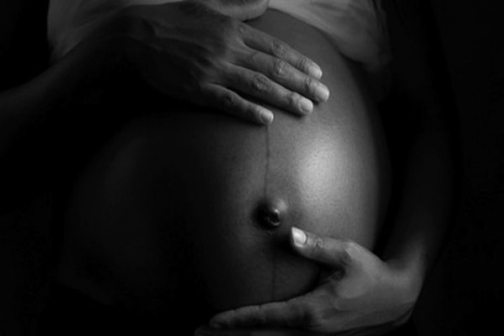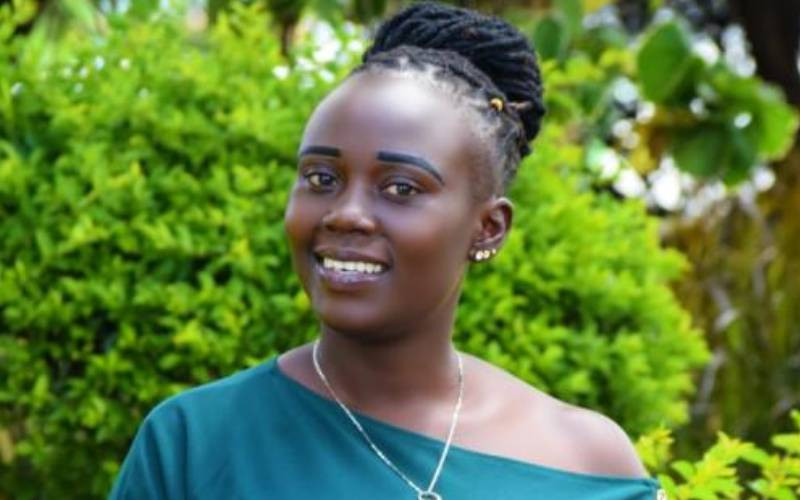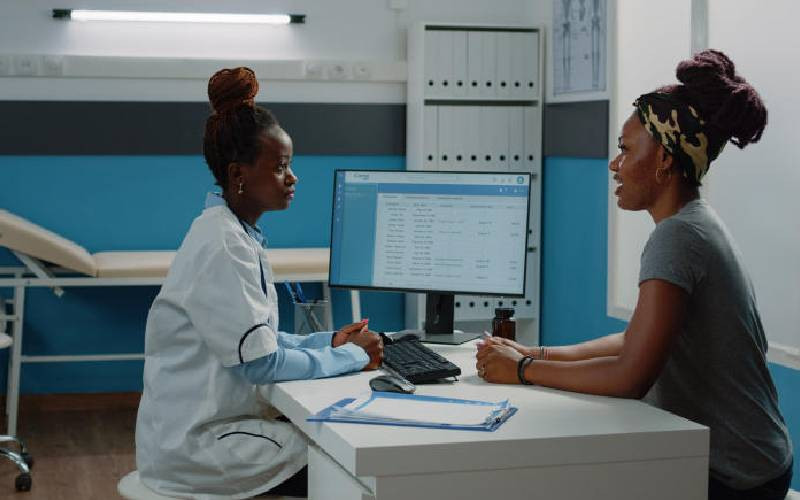
The ugly side of test-tube baby technology in Kenya has been documented, as the country’s first children from the procedure celebrate their 11th birthday on The case involves a 34-year-old woman who was diagnosed with a grossly malformed 13-week embryo conceived through the test- tube technology in Nairobi.
The technology has been linked to increasing rates of genetic defects compared to their naturally conceived babies. Citing the Nairobi case, local doctors say an increase of genetic defects has been noted in babies conceived through Assisted Reproductive Techniques or ART.
“This is the first case I have encountered in Kenya, but there is no way of knowing how many more could be out there,” says Dr J Wanyoike-Gichuhi.
Dr Gichuhi, a consultant gynaecologist and expert in ART, regretted that Kenya unlike in developed countries, has no registry or guidelines for test-tube baby technology.
Such a registry, he says would help follow up and monitor the growing ART services and population in the country and intervene where necessary.
The University of Nairobi lecturer explained how they diagnosed and assisted the 32-year-old woman at a city private hospital.
In the case study, published in the current issue of the East African Medical Journal, Dr Gichuhi, the lead author, says the healthy woman had undergone the assisted birth process last year.
Up to week seven the woman had exhibited a viable pregnancy but at week 13 and four days an abdominal mass was detected prompting the doctors to initiate further investigations.
Abnormalities on the feotus were detected calling for a need to terminate the pregnancy.
After abortion, the report says the feotus was found to have some of the abdominal organs placed outside the body, an unusually large tongue and the body paralysed on one side.
From these conditions the three doctors, who also included A. M. Achinga of Africa Air Rescue and S. Ndegwa of Foots Steps Fertility Foundation concluded the foetus suffered of what is called Beckwith-Wieldman Syndrome (BWS) reported to be on the increase mainly in ART children.
Paralysed baby
BWS is described as an overgrowth disorder usually present at birth, characterised by an increased risk of childhood cancer and certain genetic defects.
However, Dr Gichuhi says there is no need to panic because such cases even in assisted birth technologies are extremely rare.
But the trio go ahead to warn against over handling of embryos and sperms in the ART process to avoid too much exposure to environmental pollutants including light, noise and uncontrolled temperatures.
Citing growing evidence linking ART to an increase of birth defects in such infants the influential American College of Obstetricians and Gynecologists has recommended stringent frameworks to oversee the practice.
“That is the biggest problem we have in this country, with no regulator, legal framework or even basic guidelines,” says Dr Gichuhi.
The first test-tube babies, two girls to different families, in Kenya were born on May 8 2006, at Avenue Hospital in Nairobi.
The two baby girls were born to two mothers, aged 30 and 35, through caesarian section with identities of the parents remaining a secret. The event elicited strong reactions across the country.
Ms Edna Ameyo, then a legal coordinator with Kituo cha Sheria, a legal advice centre called for a stop in such procedures until a legal regulatory mechanism was put in place.
But the then Director of Medical Services Dr James Nyikal overruled her saying the practice could go on while he speedily facilitated a regulatory mechanism.
But 11 years later, today, such a mechanism is yet to be put in place nor does anybody know how many test tubebabies have since been born in Kenya.
The media, working on figures posted on the Internet by the Nairobi IVF Centre, which pioneered the technology in Kenya estimate there are about 2,000 test tube children in the country.
But reproductive health experts dispute the figure as highly exaggerated because it is based on confirmed pregnancies but not the take home babies. Between pregnancy confirmation and delivery, experts say a lot of feotuses are lost and estimate a population of less than a 1,000 testtube children on Kenyan streets today.
But though dim, there hope.
The Assisted Reproductive Technology Bill 2016 may cure some of these outstanding problems.
The Bill proposes the establishment of the Assisted Reproductive Technology Authority that will keep a register of all people born of the technology.
The authority will also inspect and approve the quality of any promises offering such services including facilities and personnel involved in the practice. The authority will be responsible for regulating all matters relevant to the practice of ART. However drafters of the law may have to reconsider including emerging issues linking the technology to genetic defects.
www.rocketscience.co.ke
 The Standard Group Plc is a multi-media organization with investments in media platforms spanning newspaper print
operations, television, radio broadcasting, digital and online services. The Standard Group is recognized as a
leading multi-media house in Kenya with a key influence in matters of national and international interest.
The Standard Group Plc is a multi-media organization with investments in media platforms spanning newspaper print
operations, television, radio broadcasting, digital and online services. The Standard Group is recognized as a
leading multi-media house in Kenya with a key influence in matters of national and international interest.











